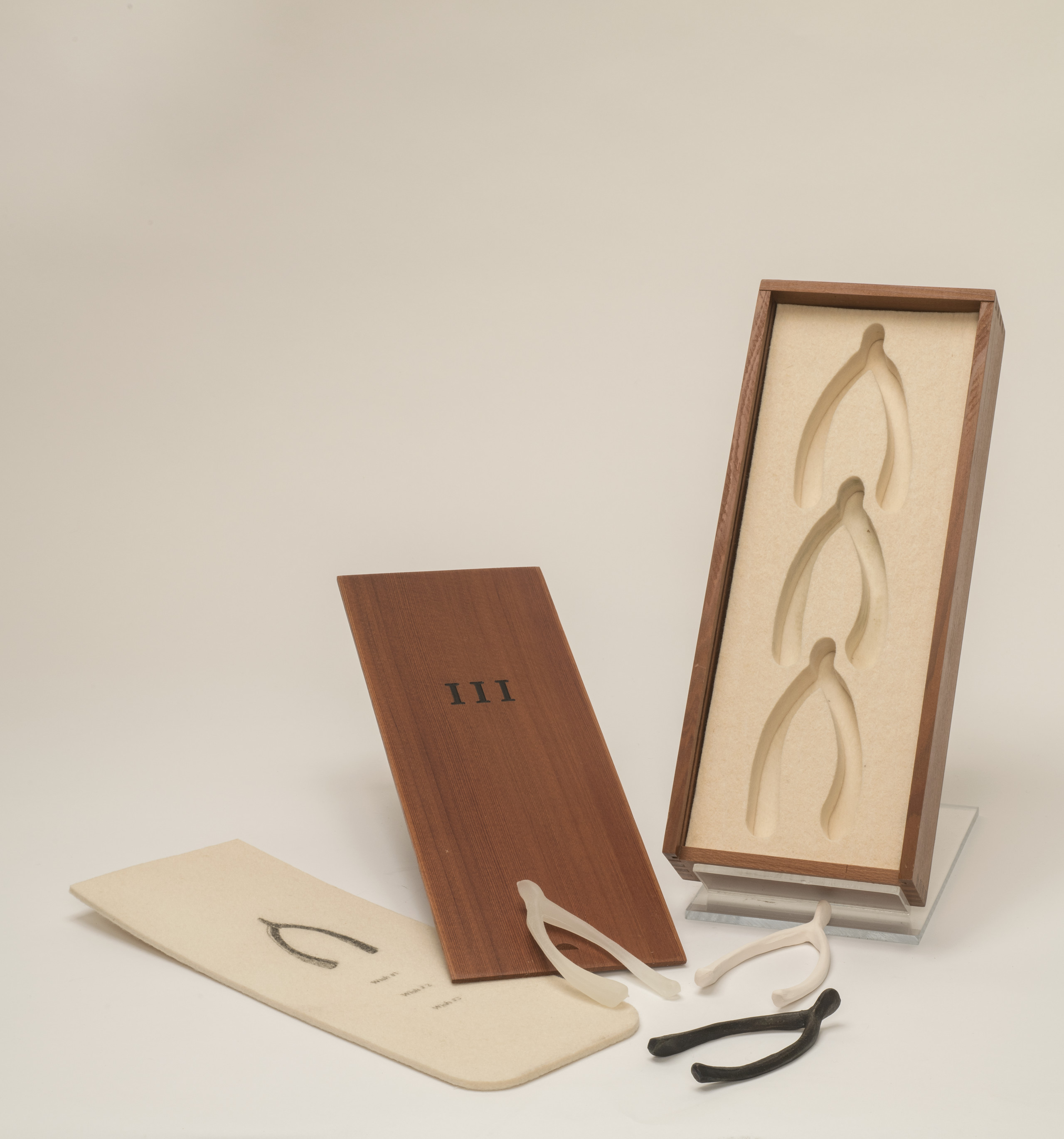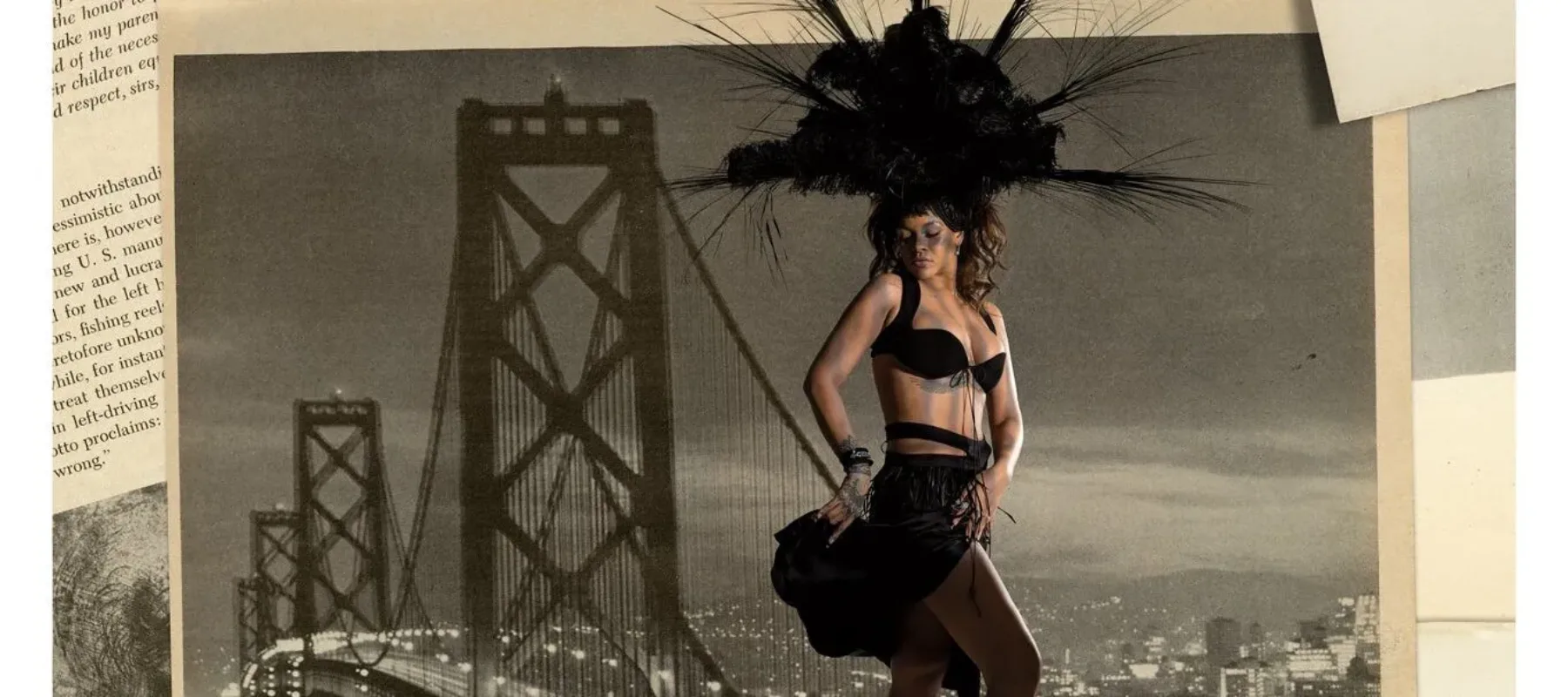Impress your friends with five fast facts about artist Lorna Simpson (b. 1960), whose work III (1994) is in NMWA’s collection.
1. Not Black or White
Simpson rose to prominence in the 1980s for her “photo-text” works of Black figures, which celebrate African American bodies and voices in ways rarely seen in art. By incorporating fragments of text and omitting her subjects’ faces, Simpson blurs the lines between documentation and fiction and highlights the complexities of identity.
2. Black Girl Magic
Simpson’s influences include conceptual artist Adrian Piper (b. 1948), whose works, such as My Calling (Card) #1 and #2 (1986–1990), address racism, othering, and racial passing, as well as writers Toni Morrison (1931–2019), Ntozake Shange (1948–2018), and Alice Walker (b. 1944), whose words amplify Black experiences in America.
3. Magnificent Magazines
For Simpson, Ebony and Jet magazines present “African American thought and point of view [across] decades. That’s really fertile ground for me to play with.” Vintage issues are the source of her collage imagery and subject of her stacked sculptures. Other creators, including Mickalene Thomas (b. 1971), also find inspiration in these publications.

4. Crowning Achievements
Simpson draws attention to, celebrates, and elevates Black hair. In her collage series Earth & Sky (2016–present), she crowns Black figures—most recently Rihanna—with crystal clusters, vast star-filled galaxies, and bulbous bubbles. Contemporaries Sonya Clark (b. 1967) and Ellen Gallagher (b. 1965) challenge stereotypes of Black hair in their work. Do your part to end hair discrimination by reading about and supporting The CROWN Act.
5. Three Wishes
III (1994)—a felt-lined cedar box cradling three unique wishbones (made of fragile ceramic, pliable rubber, and unbreakable metal)—speaks to the unpredictable fate of hopes and dreams. This multiple is from the Peter Norton Family Foundation Christmas Art Project series (1988–2018). NMWA holds books by Anna Gaskell (b. 1969) and Kara Walker (b. 1969), also commissioned for the project.
